As summer begins to fade and we prepare for the late-season tasks and beauty, it can be a perfect time to consider planting. As with everything in life, there are advantages and drawbacks to any choice. Fall is a great time to plant for many reasons, and can be a challenge for others.
Advantages of Late-Season Planting
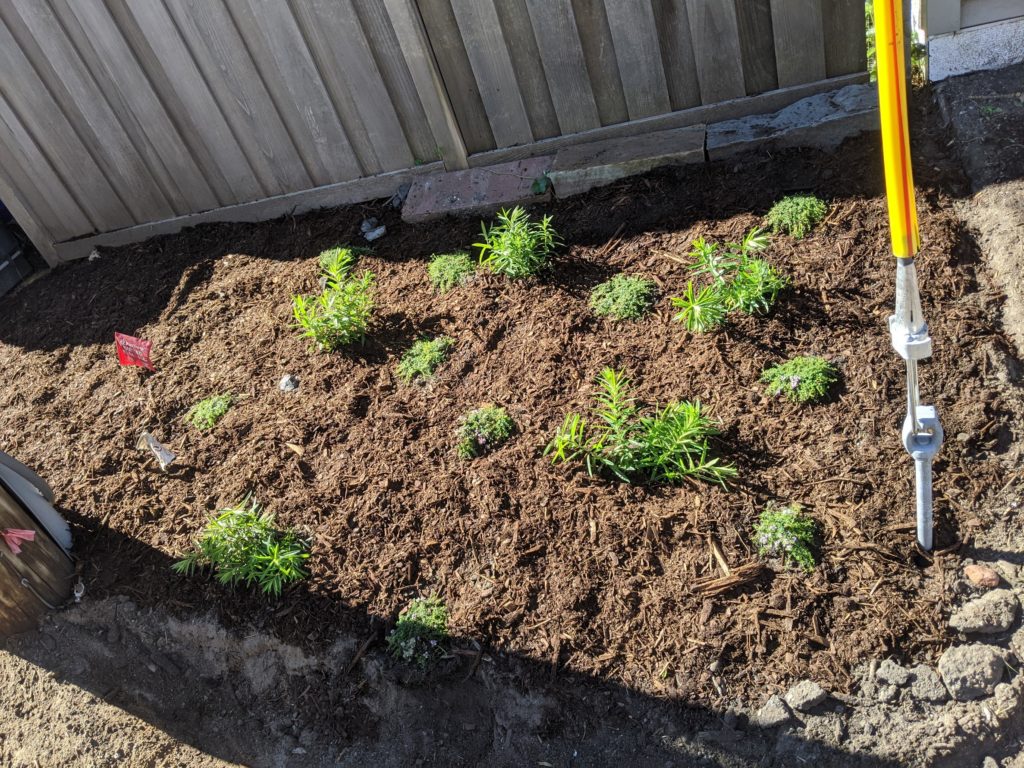
Stable Weather
While fall weather can be temperamental, it doesn't hold a candle to the extreme swings of temperature that Minnesota springs can have. Of course, with climate change, this is beginning to be less and less of the case, but overall, the weather tends to be more stable in the autumn than in the spring.
Spot the Holes
After the middle of summer as the majority of plants get to their mature size, its easiest to spot the blank spots, or crowded areas, in the midst of your garden bed. While the early spring can be underwhelming before plant growth gets fully underway, by waiting until the later part of summer, you can take into account the actual amount of space you have available.
Divide to Multiply
Late summer and fall is a perfect time to split many of the hardy perennials we already have in our gardens, so why not take advantage of that and plan to create new gardens or just refresh existing ones with divisions from favorites you already have on hand? By using divisions, you promote the health of the originating plant, as well as being confident of the thriving of the plant in your specific region.
Less Busy Season
While the spring is a marathon of cutting edges, clearing debris, pulling weeds, and dodging raindrops, autumn can feel like a cakewalk, other than raking some leaves. The garden task list gets much shorter as the days get shorter, so why not use some of that extra time and energy to get some planting done?
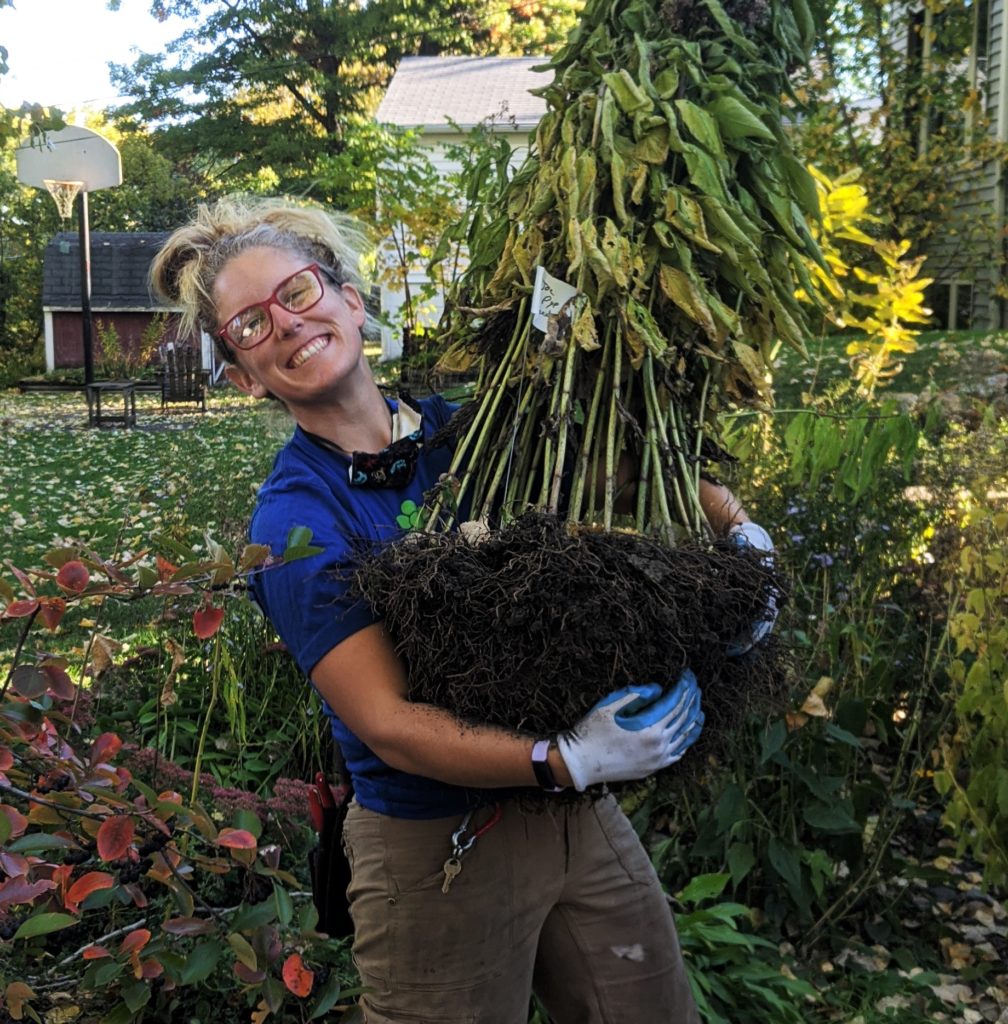
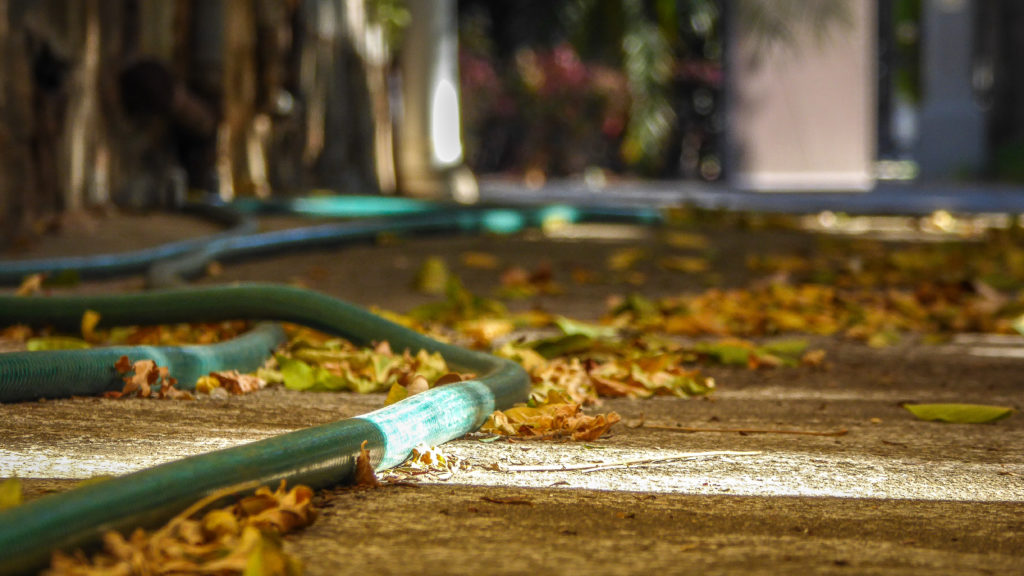
Less Watering (Overall)
When planting in spring, you have to plan to water well for weeks and weeks throughout the summer. In later summer and fall, there's an end-date to the water works, usually only a month or two.
Plants for Pennies
I never get tired of combing through the clearance section at the nursery or hardware store garden department. Some of my favorite plants come from the saddest little scraggly guy I got for $3 at the end of September.
Warmer Roots
It may seem like the dropping air temperatures would mean that growth is slowing, but consider the part of the plant that grows most in the fall: the roots. Warmer soil temperatures in the fall compared to spring means that roots have a nice window of growing time before things freeze in mid-December.

Potential Drawbacks of Late-Season Planting
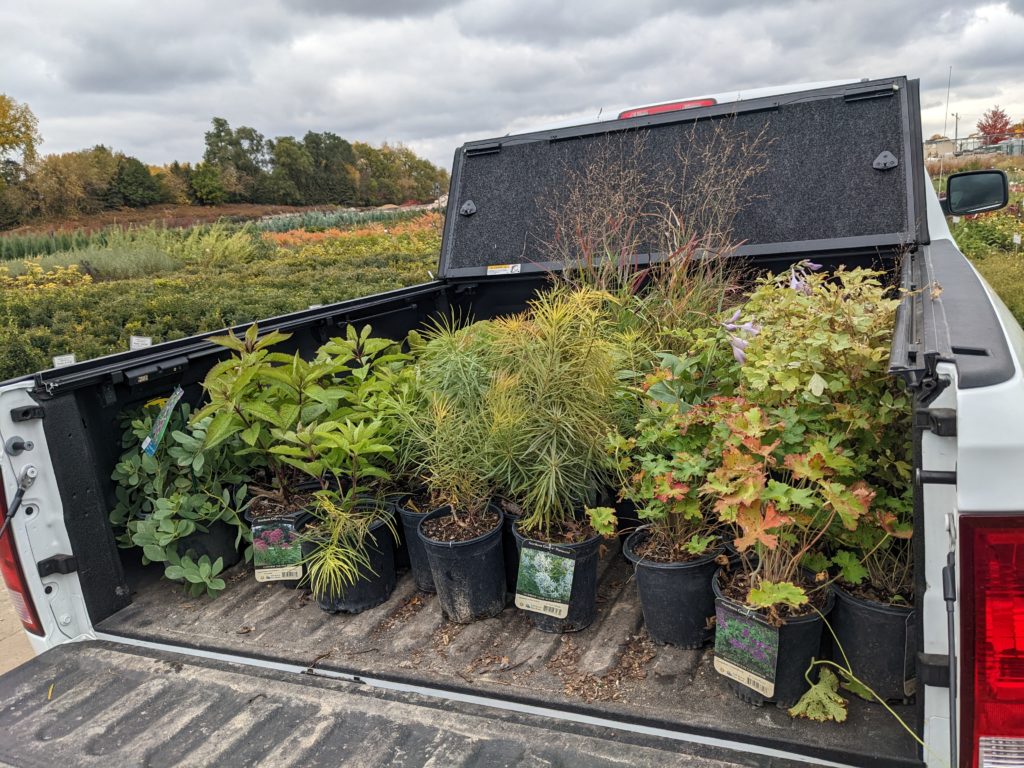
You Get What You Get…
There is inevitably going to be less selection at the nursery, and it may be less healthy.
It's important to remember the flip side of late-season purchasing. You sure don't get your pick of selection that late in the season. You should also plan on some root pruning when utilizing plants that have been sitting in their nursery pots for months and months. Root pruning is the simple practice of trimming off the outer most roots that are going to be tightly packed around the edges of the rootball when you unpot your plants.
In the Bleak Midwinter
When the heat of summer is at its peak, it can be hard to remember how bitterly cold our Minnesota winters can be. But the truth remains that a dry, harsh winter can do just as much damage to new plantings as a dry, hot summer. If snow is lacking and the ground is bare in winter, the harsh temperatures can affect the sensitive root systems of plants, and wreak havoc on recently planted or transplanted perennials. In order to counteract that, we recommend applying a thick layer of straw for insulation after the ground freezes for the winter. Snow cover is also an excellent insulator, but given the variable snow cover of recent winters, an additional layer of straw is not a bad idea.
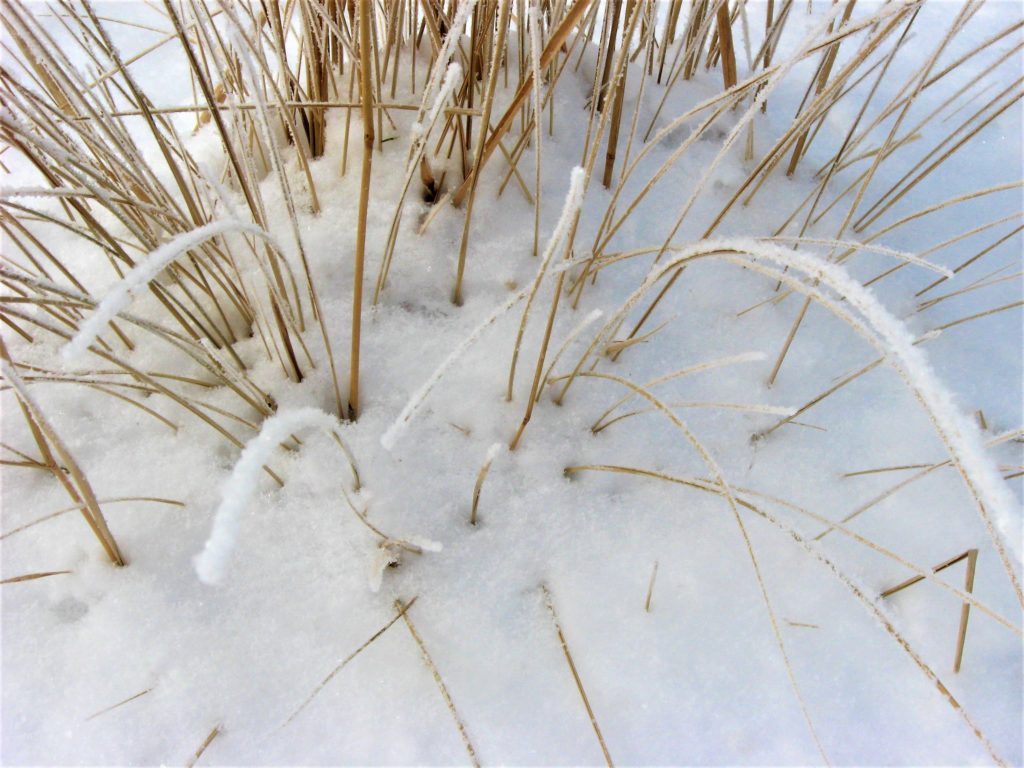
Considering all these factors, late-season planting can be a great choice for your landscape. Let us know if we can help you reach your garden goals for next season with a late season installation this year!
